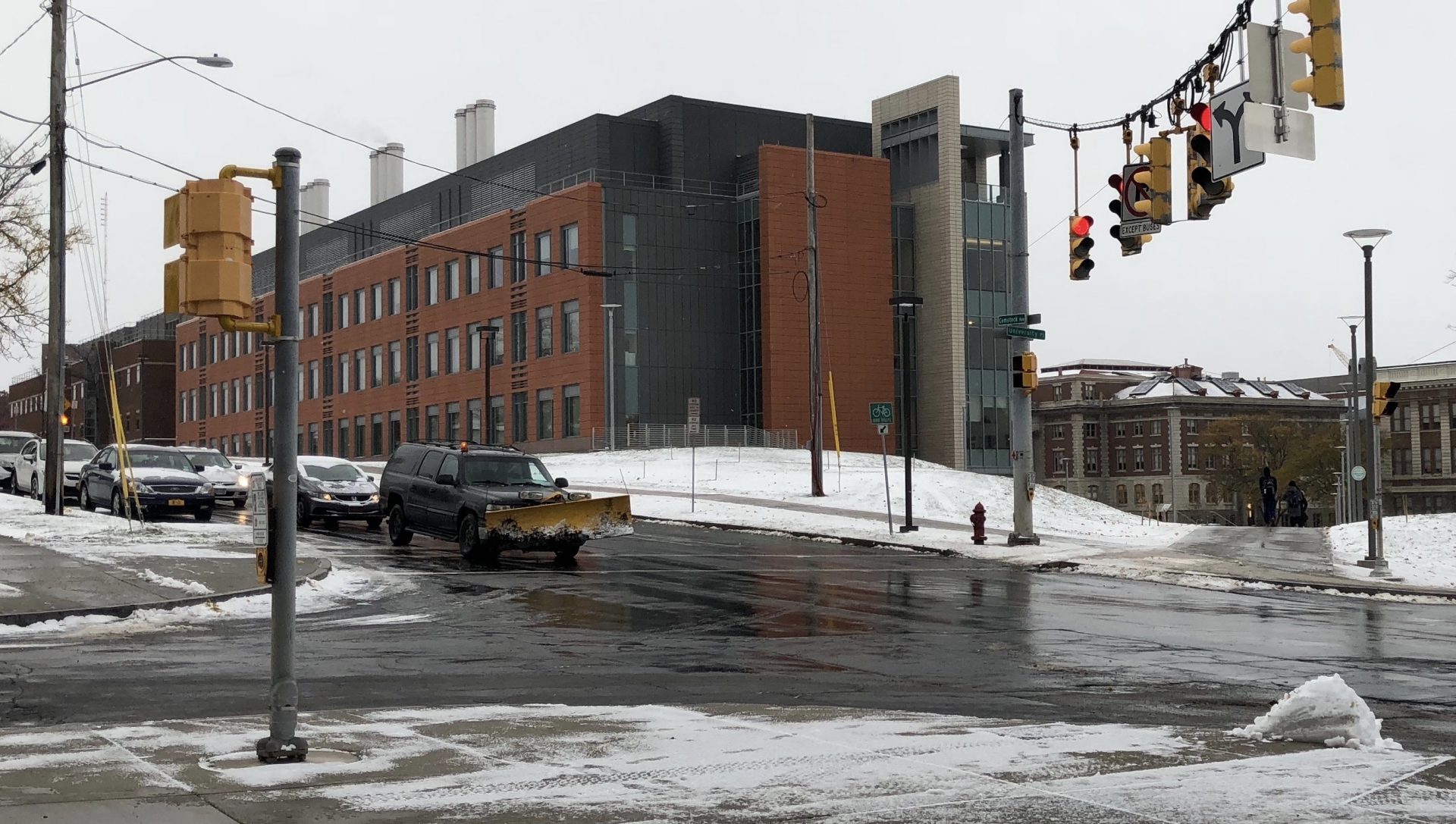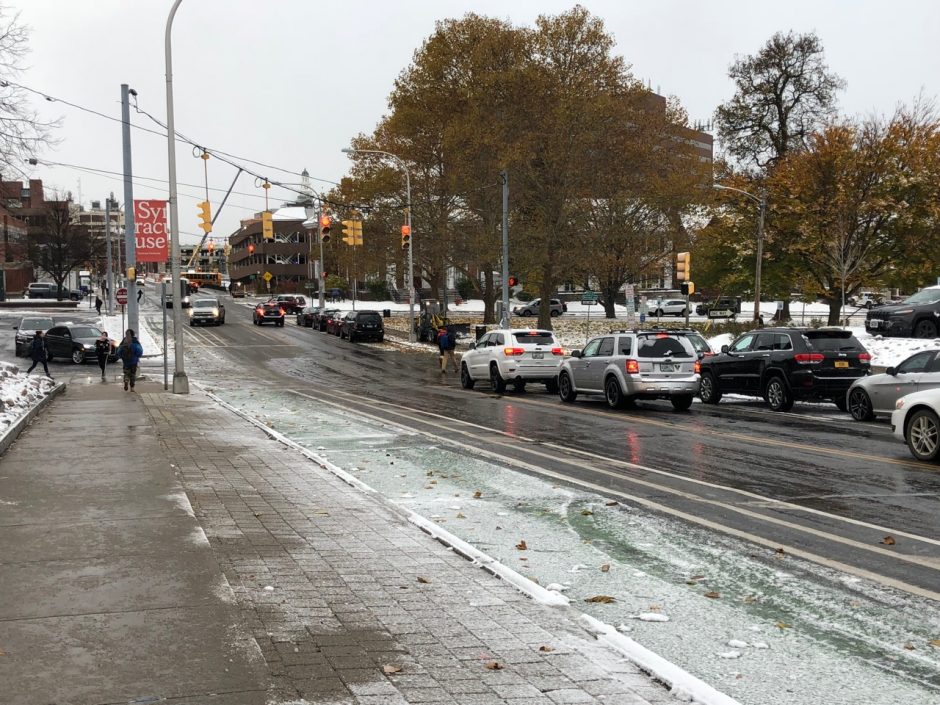
SYRACUSE, N.Y. (NCC News)— Central New Yorkers had to dig out the snow boots and winter jackets on Wednesday. The last time most people drove in snowy conditions was back in April. Besides preparing their cars, AAA Communications Specialist Lindsay Kensy said people need refreshers on how to drive in winter weather.
“A lot of people tend to think they still have their winter driving skills all ready to go but the fact is that we haven’t had to drive in the snow in awhile,” she said.
Here are a few tips to keep in mind before getting behind the wheel in snowy weather.
1. Invest In Snow Tires
Michael Johnson, with Branch’s Driving School, suggests drivers invest in snow tires. He said they provide better traction compared to normal tires. However, they tend to be more expensive than traditional tires.
2. Check Tire Pressure And Battery
If snow tires aren’t feasible, it’s important to get tire pressure checked frequently through the winter months. Johnson said tire pressure is directly related to the weather, decreasing as the temperature drops.
In addition to checking tire pressure, Kensy said drivers need to check their car’s battery frequently. Getting caught in a storm with a dead battery is dangerous for the driver as well as others on the road.
3. Brush Off Your Car
Johnson said this is one of the most important things to remember.
“That snow up on the top of the vehicle could come back to create a blinding situation for the vehicle behind you and also cover the back window,” he said. “Just make sure that you can see and be seen.”

4. Keep An Emergency Kit
Lindsay Kensy said drivers should keep an emergency kit in their cars. Things to include: water, food (for both pets and people), extra phone charger, blankets, and jumper cables.
5. Slow Down
Both Kensy and Johnson said this was the number one rule while driving. Johnson said it’s essential to accelerate and decelerate slowly if a driver loses traction and skids.
“Always turn the vehicle in the direction that you want the front of the vehicle moving in,” he said.
6. Brake Early
Drivers should give themselves enough time to come to a stop. Kensy said drivers don’t have the ability to stop on a dime like in normal conditions. She added rolling through stops instead of coming to a complete stop is another alternative to prevent getting stuck.
7. Keep A Bigger Following Distance
This goes along with slowing down and breaking early. Keeping a larger distance between cars can help prevent accidents and getting stuck.
8. Allow More Travel Time
Johnson said drivers should give themselves extra time to get where they need to go. This is especially the case if they aren’t comfortable driving in snow and ice.




